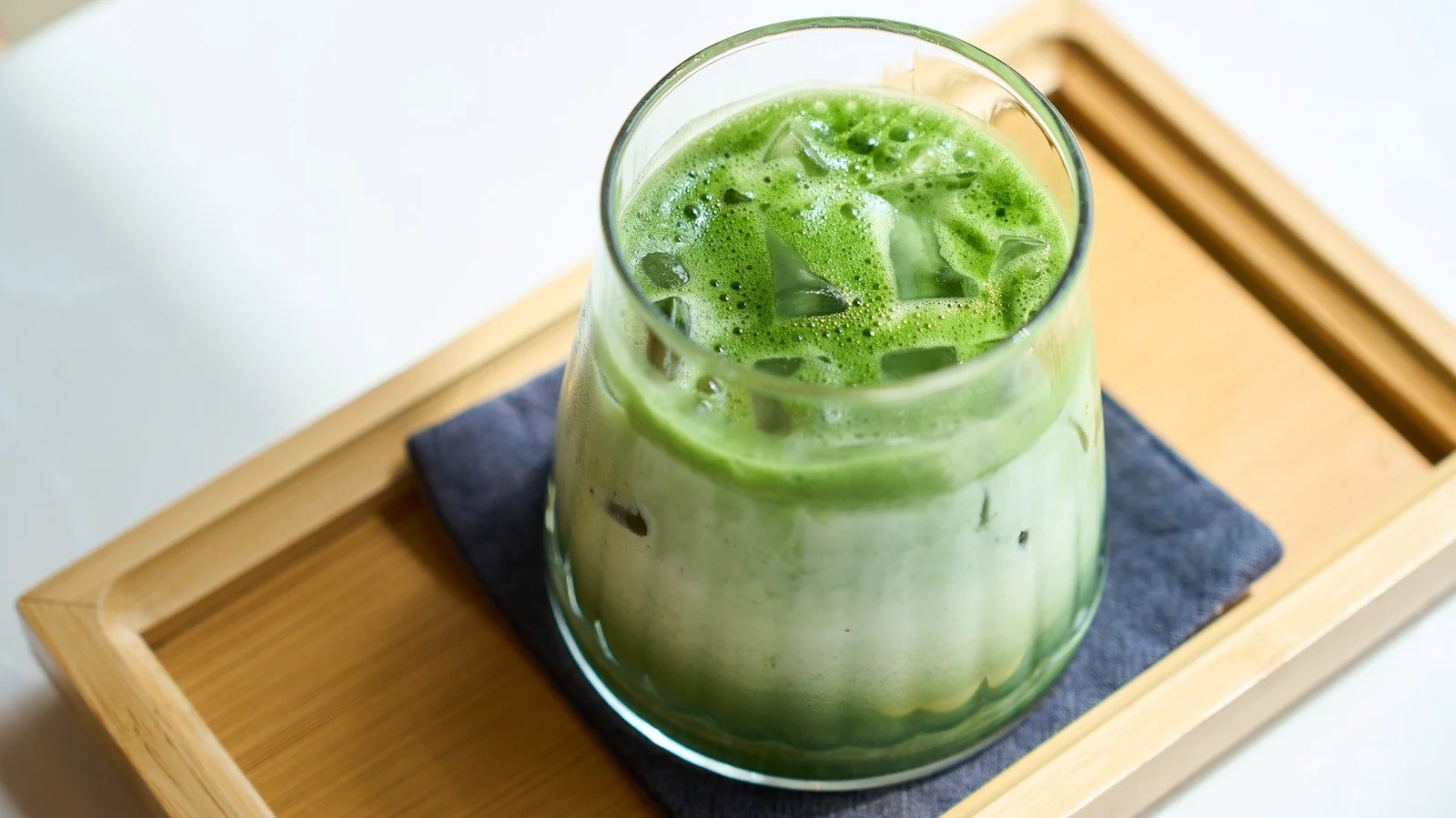An Iced Matcha Latte Is the Center of a Global Shortage
By Natalia Chairez
From fashion trends from previous eras making their way back, a hairstyle perfect for summer, the newest dewy blush, or even a new food hyperfixation, there will always be something for people to talk about and eventually overhype to the point of overconsumption and high demand.
Image Credit: Tasting Table
It comes to show how easily persuaded people are when there is a virality or trend going around. Social media influence is far from a new concept, and has, of course, become more and more prominent in the day-to-day lives of everyday people. The more that social media has become vital to the success of businesses and different industries, the more society will go to TikTok or Instagram as a source for their newest obsession and must-have product.
But what happens when this results in such high demand that industries can’t keep up, even in the country home to the product at hand? This is what’s happened with Gen Z’s favorite caffeinated beverage: matcha!
In recent months, the craze of matcha has swept the Internet, which has since transcended traditional iced matcha lattes. When creative minds meet a popular Internet trend, you get creations like strawberry matcha lattes, banana pudding matcha, matcha tiramisu, and ube matcha.
The hyperfixation surrounding chosen drinks has skyrocketed and become its niche, so much so that people will promote and influence down to the pretty glass jars or cups we own and the shape of ice we use.
All for the perfect sensory and aesthetic experience.
Matcha’s popularity has also skyrocketed because of its many health benefits in comparison to coffee and espresso. It’s a great alternative for those who either don’t like the taste of coffee or are sensitive to the caffeine jitters many often experience.
And as more people have started to get into matcha, the more people have wanted to educate themselves and buy authentic Japanese ceremonial grade matcha online.
If it’s not a bright green powder, they don’t want it!
Image Sourced through Pinterest
And because of this, it’s been difficult for matcha production companies in Japan to keep up with such high demand. In the past 13 years, matcha sales and production have increased by 185% since 2010, amounting to around 4,176 tons produced in 2023.
The matcha production process is slow and tedious, starting with the growing and harvesting of young tea leaves that are then steamed, dried, and stone-ground into a fine powder that is then sifted and sold. With matcha demand increasing tremendously, that means a significant need for more tea farmers and manufacturing that Japan does not have to keep up.
Multiple matcha companies, including Ippodo, Yamemasa Koyomaen, Matcha Kari, and Rocky’s, have been sold out of their products since late 2024.
With the increase of matcha production and demand, the cost to import matcha and other Japanese goods is expected to go up significantly due to recent U.S. tariffs by 24%. This means matcha will be much more expensive than before, not just online, but also at certain cafes and stores across the world.
This begs the question: What will happen to the popularity of our favorite green drink? Will it stop completely as prices rise? Will it only go up more? It’s difficult to tell right now. But of course, Japanese products are not the only products affected by U.S. tariffs.
Image Credit: Arigato Travel Tours
Currently, the U.S. is facing a multitude of new tariffs implemented by President Donald Trump on imported products from different countries and industries, targeting countries such as Mexico, China, and Canada.
With these tariffs, the cost of everything is increasing, including higher costs for businesses and consumers.
But of course, that won’t stop the hyperfixation of products like matcha from skyrocketing into everyone’s For You pages for the next recipe, drink, or snack idea to try. Social media's influence and trends will never stop against the power of our dwindling and worsening U.S. economy.
Now it’s just a matter of what will start trending for Gen Z’s next favorite chosen drink.



